From the vault: a spotlight on Jaeger-LeCoultre’s 1930s Compass Camera
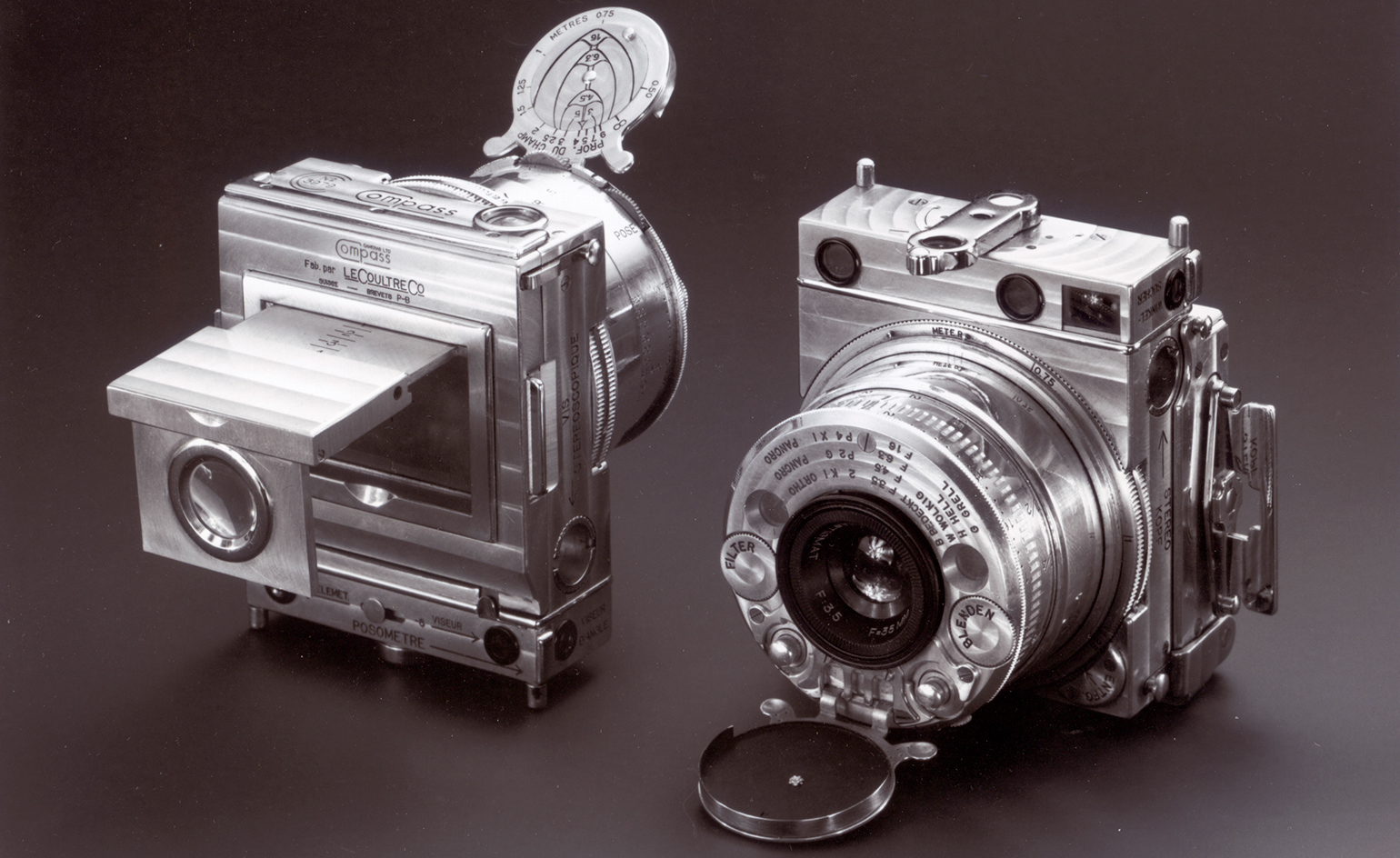
The object: Designed by Englishman Noel Pemberton Billing in 1937, the Compass was his response to a bet that he could devise a full-function camera, which took up no more space than a cigarette packet. Billing was also a poet, writer and engineer with a hundred or so inventions to his credit. Coincidentally, 1937 was the year that Jaeger and LeCoultre made the name double-barrelled, forming one of the best-known Swiss watch brands in the world.
The provenance: Billing, who also worked on sound recorders, airplanes and other high tech of the era, sought the skills of the world’s best mechanical miniaturists: a watch ‘manufacture’. LeCoultre & Cie had devised hundreds of calibres, including the world’s smallest and thinnest movements, as well as the Atmos clock. In 1934, Pemberton Billing visited the company, ‘where his project met with great enthusiasm’.
The design details: Like a mechanical watch, the Compass required three years of development and contained 290 components. It caused a sensation among photographers because this true miniature came ‘fully loaded’, its features including an exposure meter, range finder, telescopic lens shade, inbuilt filters, extinction meter, EV indicator, angle viewfinder, a device for panoramic and stereoscopic views, and an ultra-light mini-tripod.
The signs of the times: Less than half the size of the leading ‘compact’, Leica’s III, the Compass was unlike any film camera before in that it was so truly tiny. It handled 24×36mm exposures on plates, in a body machined from a solid block of aluminium, measuring only 30×53×70mm with the lens closed. The kit added a pocket clip, cable-release and a leather case.
The now factor: According to Jaeger-LeCoultre, only 4000 were made of both the Mk I and KII Compasses. With WWII stopping production, the Compass has always been a rarity. Convenience, too, played its part, because snappers preferred roll film to small plates. Complexity aside, a mint example with all accessories will set you back £4,000-£6,000. Here’s hoping they issue a replica … even digital.
Receive our daily digest of inspiration, escapism and design stories from around the world direct to your inbox.
-
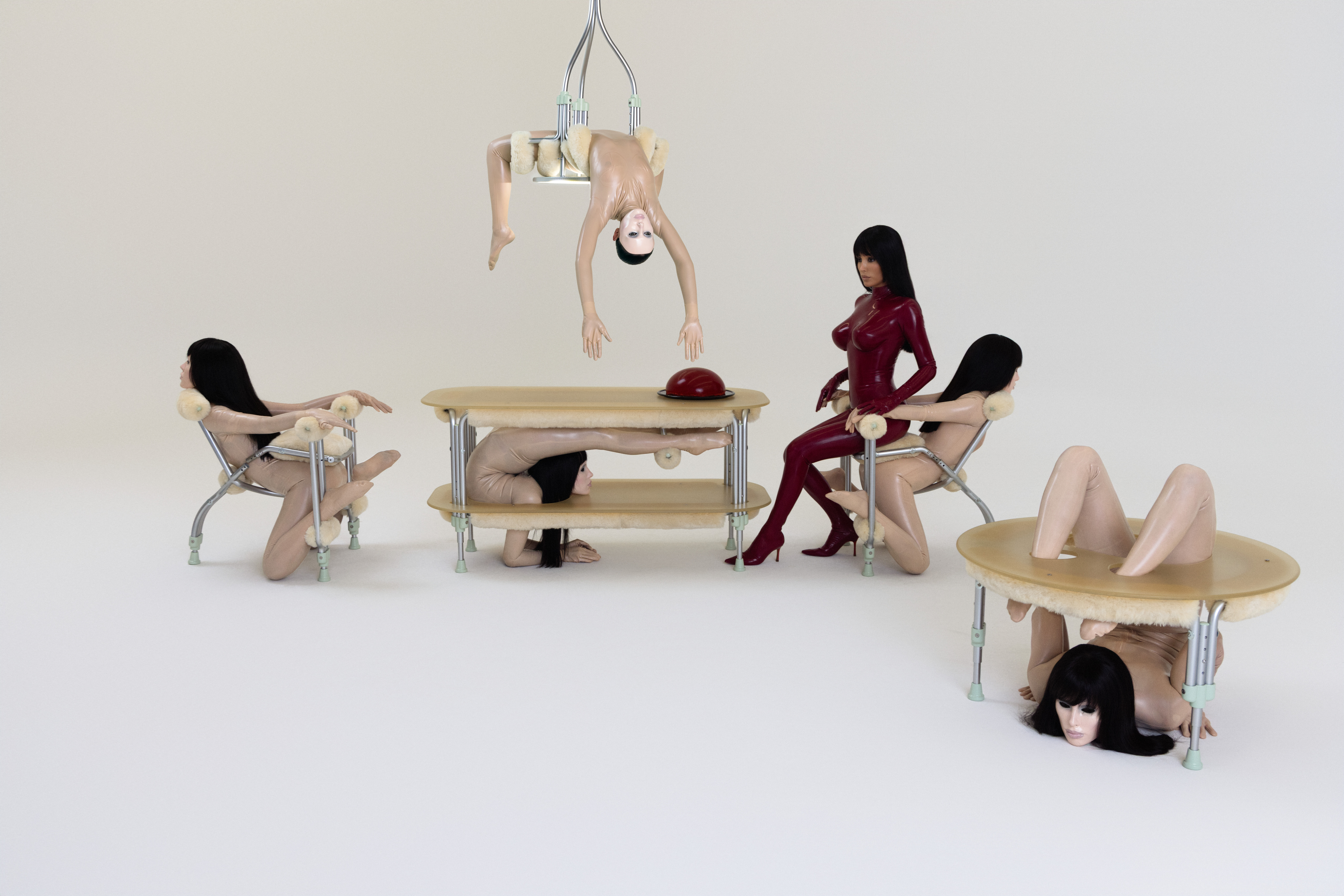 Eight questions for Bianca Censori, as she unveils her debut performance
Eight questions for Bianca Censori, as she unveils her debut performanceBianca Censori has presented her first exhibition and performance, BIO POP, in Seoul, South Korea
-
 How to elevate a rental with minimal interventions? Charu Gandhi has nailed it with her London home
How to elevate a rental with minimal interventions? Charu Gandhi has nailed it with her London homeFocus on key spaces, work with inherited details, and go big on colour and texture, says Gandhi, an interior designer set on beautifying her tired rental
-
 These fashion books, all released in 2025, are the perfect gift for style fans
These fashion books, all released in 2025, are the perfect gift for style fansChosen by the Wallpaper* style editors to inspire, intrigue and delight, these visually enticing tomes for your fashion library span from lush surveys on Loewe and Louis Vuitton to the rebellious style of Rick Owens and Jean Paul Gaultier
-
 Art takes London: Tiffany & Co, Damien Hirst and artists take over Selfridges' windows
Art takes London: Tiffany & Co, Damien Hirst and artists take over Selfridges' windowsFour British contemporary artists celebrate Tiffany & Co's pioneering history with a series of storied window displays
-
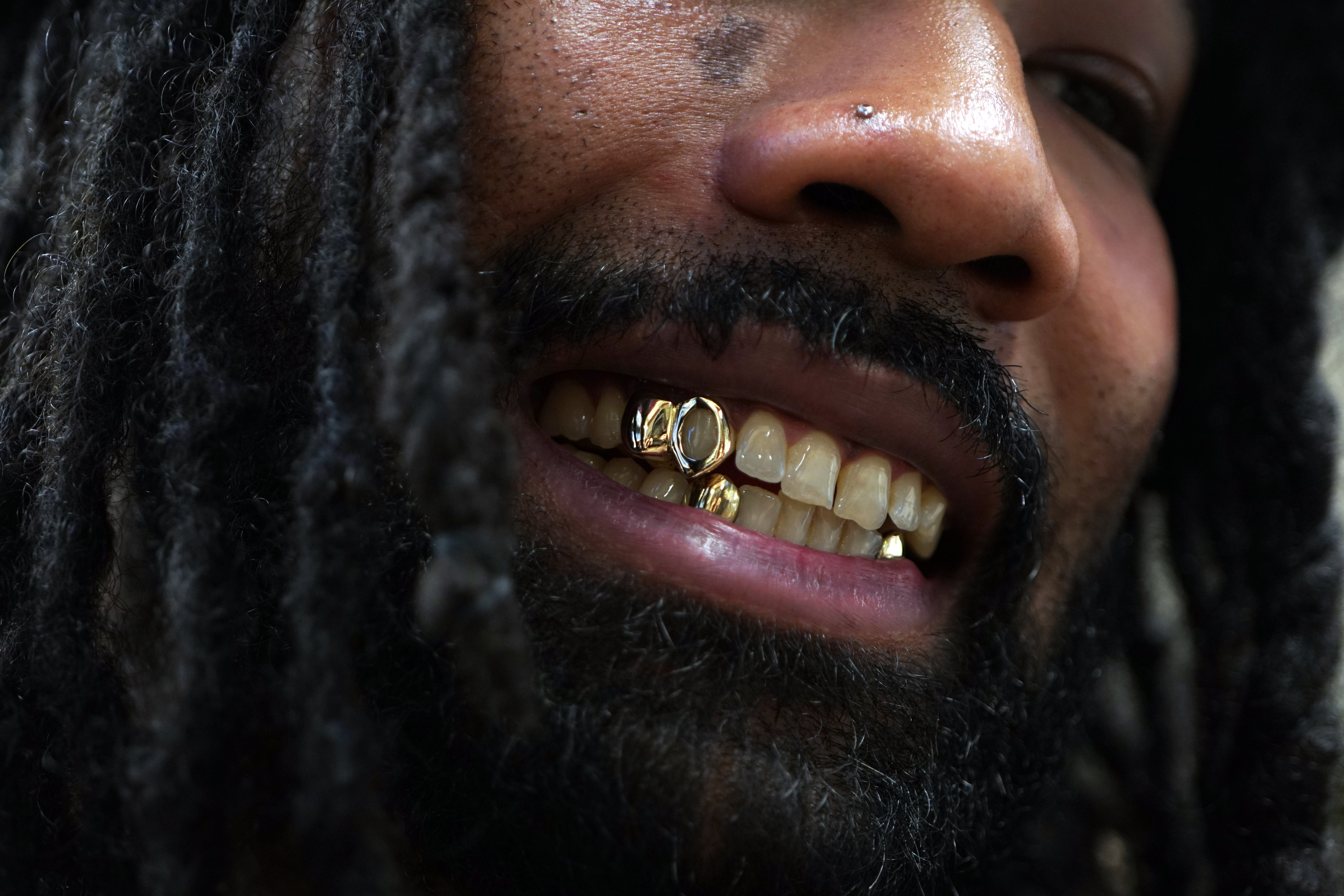 All smiles: How a grillz jewellery making class in London became an international hit
All smiles: How a grillz jewellery making class in London became an international hitWhat started as a passion project quickly exploded in popularity. We get the story behind the grillz-making workshop at Cockpit London
-
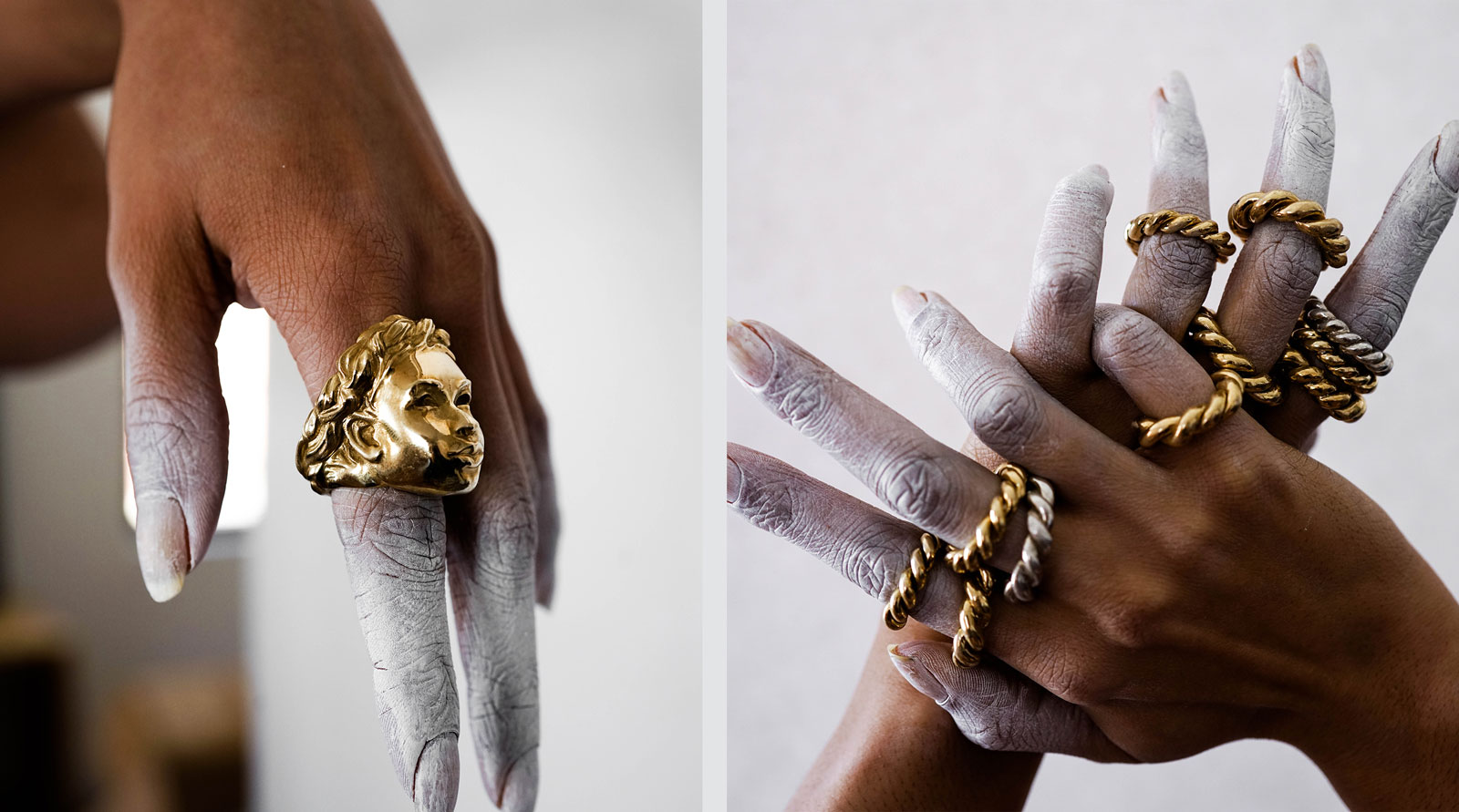 Emerging jewellery designers to get to know
Emerging jewellery designers to get to knowThese independent, new and emerging jewellery designers and brands from New York to Paris are firmly on our radar
-
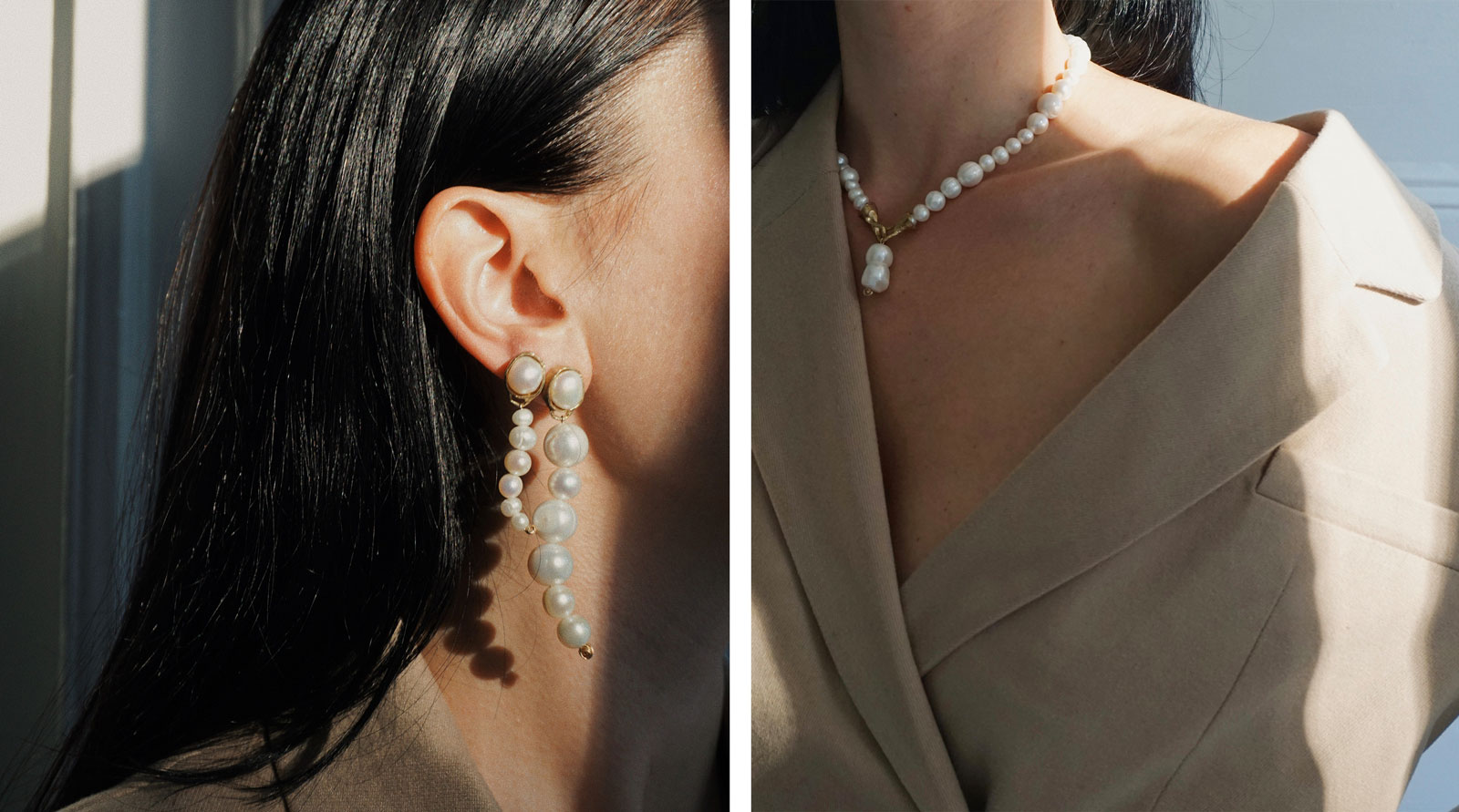 Playing it cool: pearls are having a moment
Playing it cool: pearls are having a momentWe've been deep-diving into boutiques around the world to find the very best calcium carbonate in minute crystalline form. It seems jewellers have been busy rethinking pearls, with contemporary (and often affordable) results
-
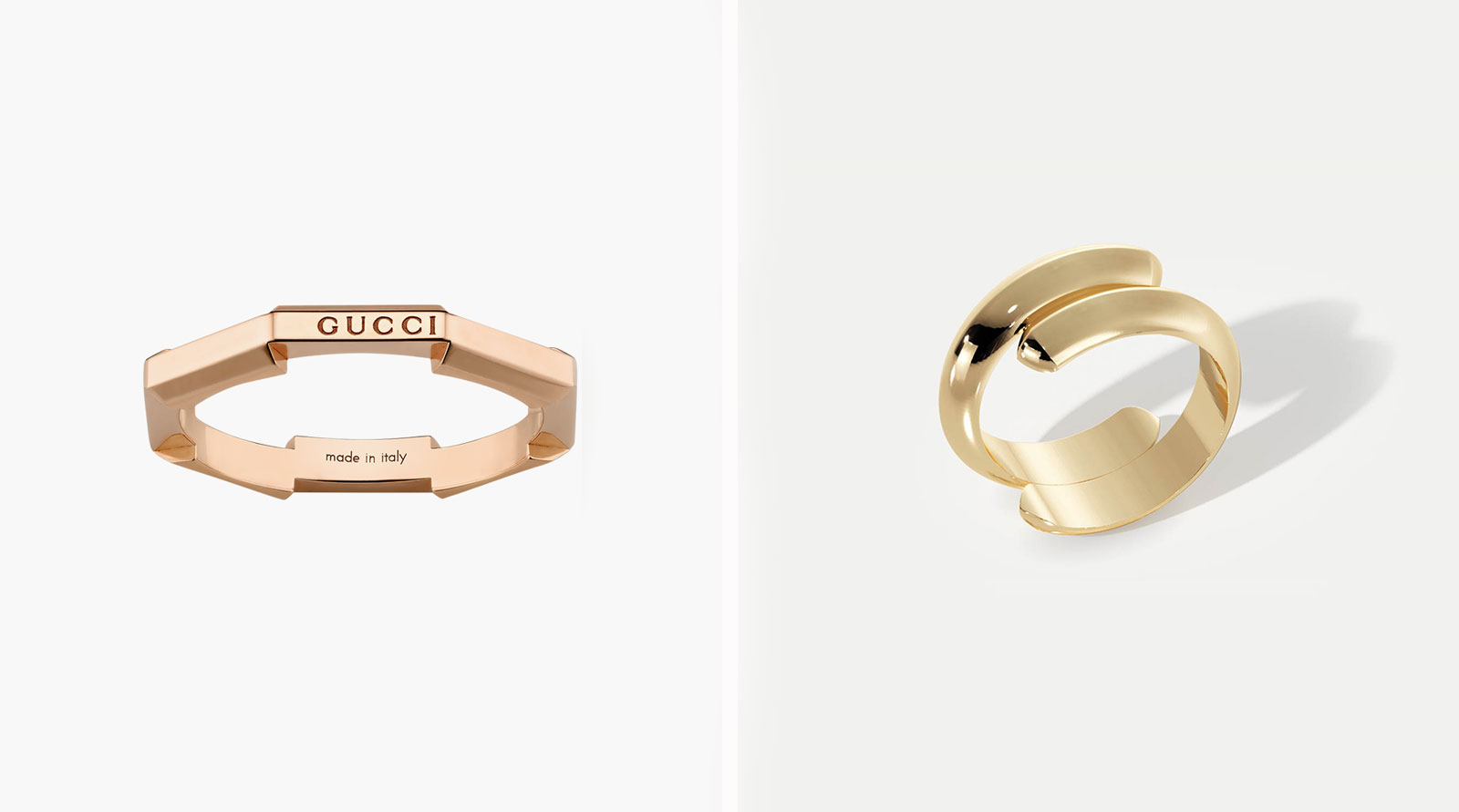 Eternity rings for the modern couple
Eternity rings for the modern coupleEternity rings, whether sleekly minimalist or sprinkled in diamonds, can be a chic and contemporary love token
-
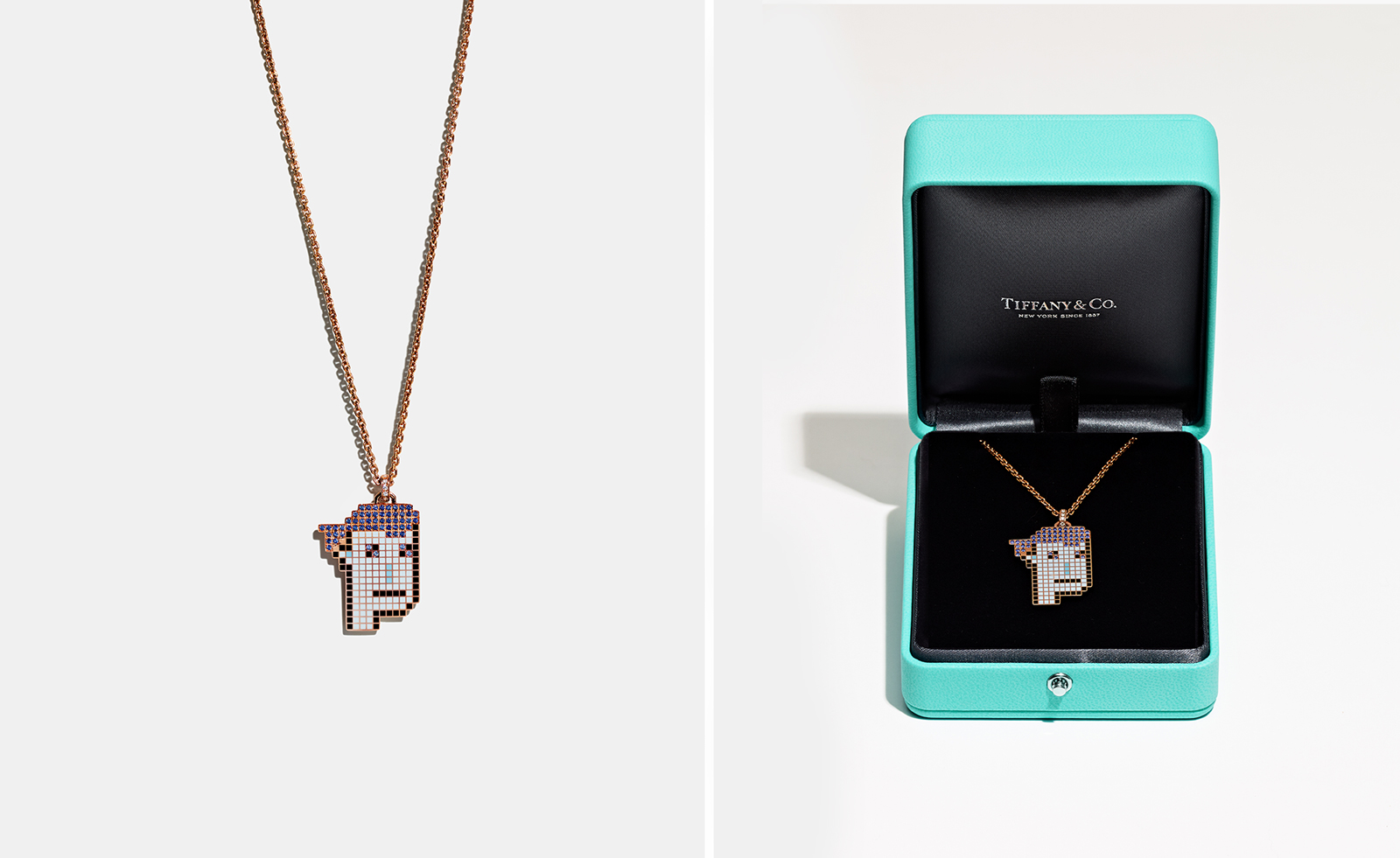 CryptoPunks come to life on Tiffany & Co pendants
CryptoPunks come to life on Tiffany & Co pendantsTiffany & Co has partnered with blockchain infrastructure company Chain to create custom pendants and NFTiffs
-
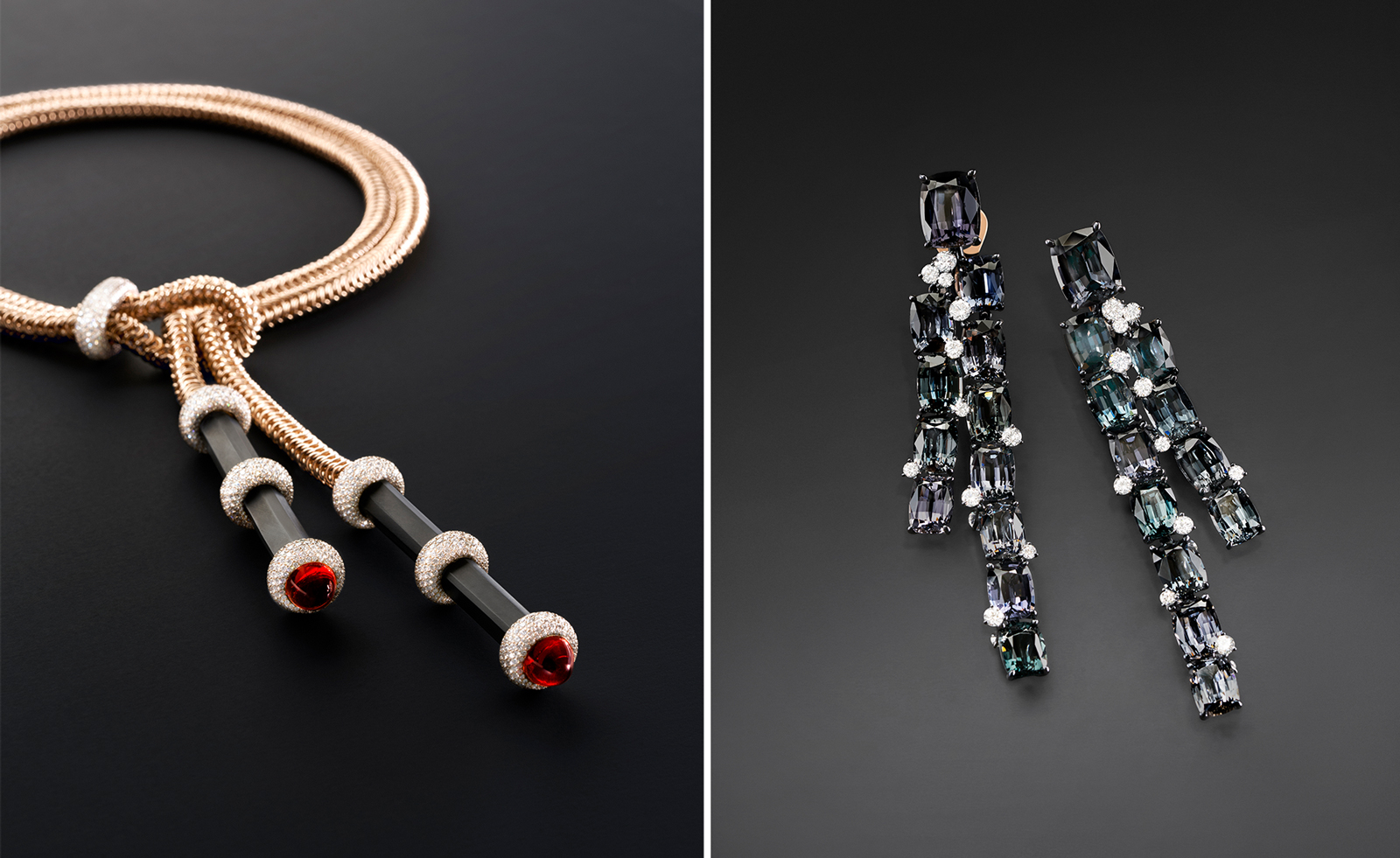 Order of the day: Pomellato’s high jewellery takes us from dawn to dusk
Order of the day: Pomellato’s high jewellery takes us from dawn to duskPomellato’s new high jewellery collection, La Gioia, tells the story of a day in precious stones
-
 Anklets welded onto the body make romantic and enduring jewellery tokens
Anklets welded onto the body make romantic and enduring jewellery tokensAtelier VM’s ‘L’Essenziale’ jewellery collection now includes slender gold anklets